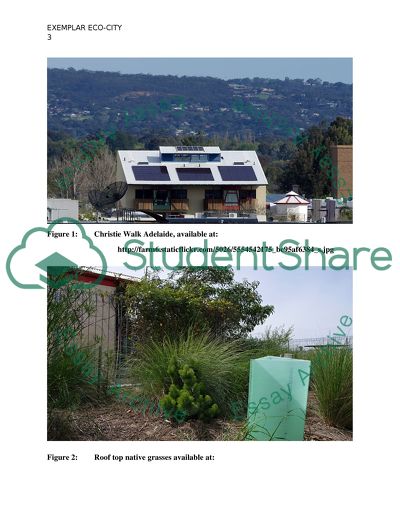Cite this document
(“Critical evaluation of the strengths and weaknesses of an exemplar Essay”, n.d.)
Retrieved from https://studentshare.org/environmental-studies/1393039-critical-evaluation-of-the-strengths-and-weaknesses-of-an-exemplar-eco-city
Retrieved from https://studentshare.org/environmental-studies/1393039-critical-evaluation-of-the-strengths-and-weaknesses-of-an-exemplar-eco-city
(Critical Evaluation of the Strengths and Weaknesses of an Exemplar Essay)
https://studentshare.org/environmental-studies/1393039-critical-evaluation-of-the-strengths-and-weaknesses-of-an-exemplar-eco-city.
https://studentshare.org/environmental-studies/1393039-critical-evaluation-of-the-strengths-and-weaknesses-of-an-exemplar-eco-city.
“Critical Evaluation of the Strengths and Weaknesses of an Exemplar Essay”, n.d. https://studentshare.org/environmental-studies/1393039-critical-evaluation-of-the-strengths-and-weaknesses-of-an-exemplar-eco-city.


